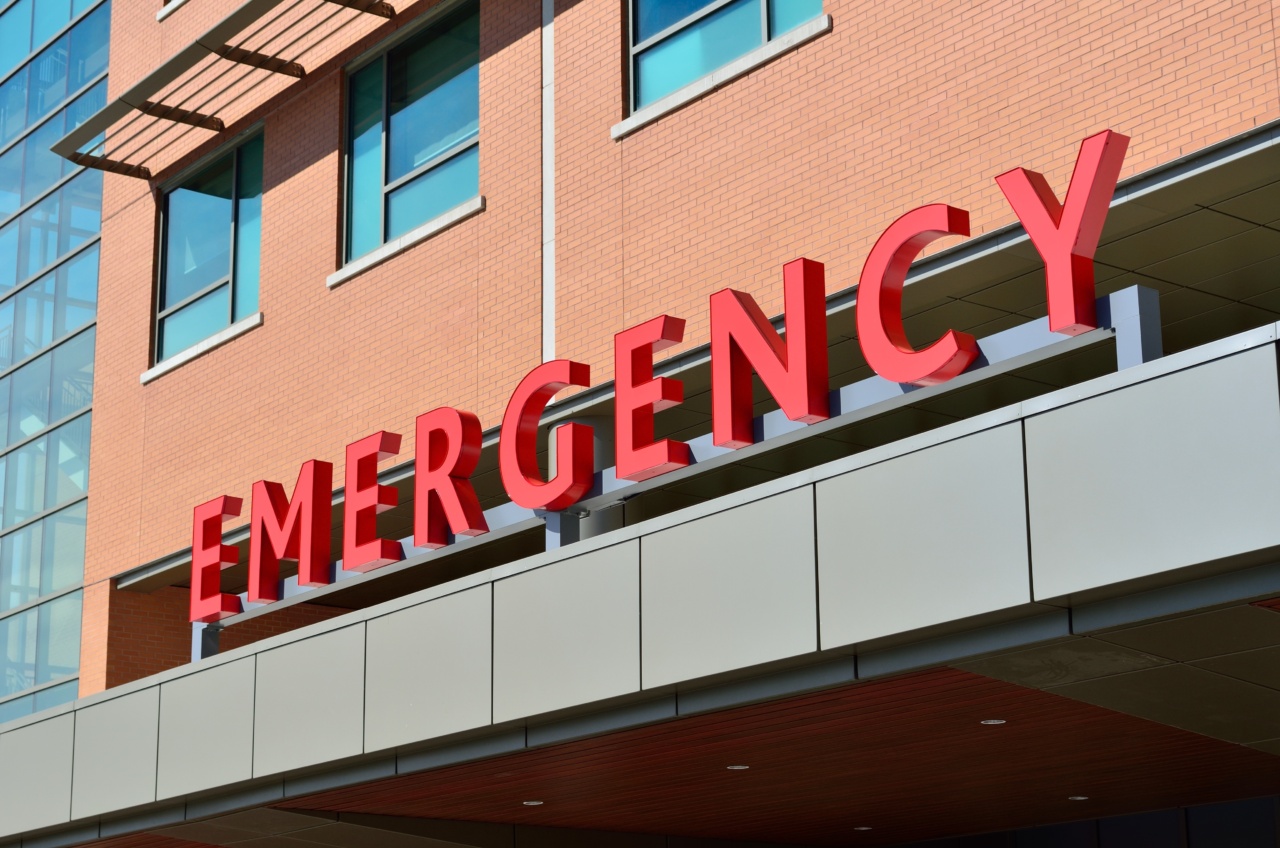The liver is one of the most important organs in our body. It performs a wide range of functions such as detoxification, metabolism, energy storage, and synthesis of essential proteins.
However, poor lifestyle habits, certain medical conditions, and exposure to harmful substances can lead to liver damage. Recognizing the early signs of liver damage is crucial for timely intervention and management. In this article, we will discuss common symptoms, risk factors, and preventive measures to maintain liver health.
Understanding liver damage
Liver damage refers to the impairment of liver function due to various factors such as hepatitis, alcohol abuse, medication reactions, fatty liver disease, autoimmune disorders, and genetic conditions.
Common symptoms of liver damage
1. Fatigue: Persistent fatigue and weakness can indicate liver damage. This occurs due to decreased energy production and impaired metabolism.
2. Jaundice: Yellowing of the skin and eyes is a classic sign of liver damage. It occurs when bilirubin, a yellow pigment, accumulates in the blood due to liver dysfunction.
3. Abdominal pain: Liver damage can cause discomfort and pain in the upper right abdomen. This is often accompanied by bloating and tenderness.
4. Nausea and vomiting: Liver damage can disrupt the digestive process, leading to persistent nausea and vomiting.
5. Changes in urine and stool: Dark urine and pale-colored stools may indicate liver dysfunction. The liver plays a key role in processing waste products, and any disruption can affect these bodily functions.
6. Swelling and fluid retention: Liver damage can result in fluid accumulation in the legs, ankles, and abdomen. This is known as edema.
7. Weight loss: Unexplained weight loss can be a symptom of liver damage. It is often associated with decreased appetite and malabsorption of nutrients.
8. Mental confusion: Severe liver damage can lead to hepatic encephalopathy, a condition characterized by confusion, impaired cognitive function, and personality changes.
9. Easy bruising and bleeding: The liver is responsible for producing clotting factors. Liver damage can interfere with this process, leading to easy bruising and prolonged bleeding.
10. Increased sensitivity to medications: Liver damage can affect the metabolism and clearance of drugs from the body. This can result in increased sensitivity to medications and their adverse effects.
Risk factors for liver damage
1. Excessive alcohol consumption: Chronic alcohol abuse is a leading cause of liver damage and can progress to liver cirrhosis, a severe and irreversible condition.
2. Viral hepatitis: Infections caused by hepatitis viruses, particularly hepatitis B and C, can cause prolonged liver damage if left untreated.
3. Obesity and fatty liver disease: Obesity and the accumulation of fat in the liver can lead to non-alcoholic fatty liver disease (NAFLD), which can progress to inflammation and liver damage.
4. Certain medications and toxins: Prolonged use of certain medications or exposure to toxins, such as excessive acetaminophen or environmental pollutants, can contribute to liver damage.
5. Diabetes and insulin resistance: People with diabetes or insulin resistance are at a higher risk of developing liver damage, especially fatty liver disease.
6. Autoimmune disorders: Conditions like autoimmune hepatitis and primary biliary cirrhosis can cause chronic inflammation and liver damage.
7. Genetic conditions: Certain genetic conditions, such as Wilson’s disease and hemochromatosis, can result in excessive copper or iron accumulation in the liver, leading to damage.
Prevention and management
1. Limit alcohol consumption: Moderation is key when it comes to alcohol consumption. Limiting alcoholic beverages helps protect the liver from damage.
2. Practice safe sex: Hepatitis B and C can be transmitted sexually. Using barrier methods like condoms and getting vaccinated against hepatitis B can reduce the risk of infection.
3. Maintain a healthy weight: Obesity can increase the risk of liver damage. Adopting a balanced diet and regular exercise can help maintain a healthy weight and reduce the strain on the liver.
4. Vaccination: Immunization against hepatitis A and B is crucial to prevent liver infections and subsequent damage.
5. Avoid sharing needles: Intravenous drug use can increase the risk of hepatitis B, hepatitis C, and other infections. Avoiding sharing needles or using sterile needles is essential.
6. Be cautious with medications: Follow proper dosage guidelines and avoid self-medication. Consult a healthcare professional before taking any new medications or supplements.
7. Stay hydrated: Drinking an adequate amount of water helps flush out toxins and supports overall liver health.
8. Maintain a healthy diet: Include foods that are beneficial for liver health, such as fruits, vegetables, whole grains, and lean proteins. Avoid excessive consumption of processed foods and saturated fats.
9. Practice safe hygiene: Wash hands regularly, especially before handling food, to prevent the transmission of infectious diseases that can damage the liver.
10. Get regular check-ups: Regular medical check-ups and liver function tests can help identify early signs of liver damage and initiate appropriate treatment.
Conclusion
Recognizing the early signs of liver damage is essential for timely intervention and prevention of serious liver conditions.
By being aware of the common symptoms and risk factors, and following preventive measures, individuals can maintain a healthy liver and overall well-being. Prioritizing liver health through a balanced lifestyle and regular medical check-ups is crucial for everyone.






























